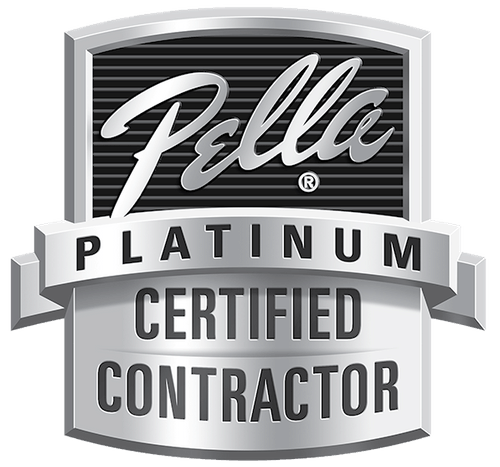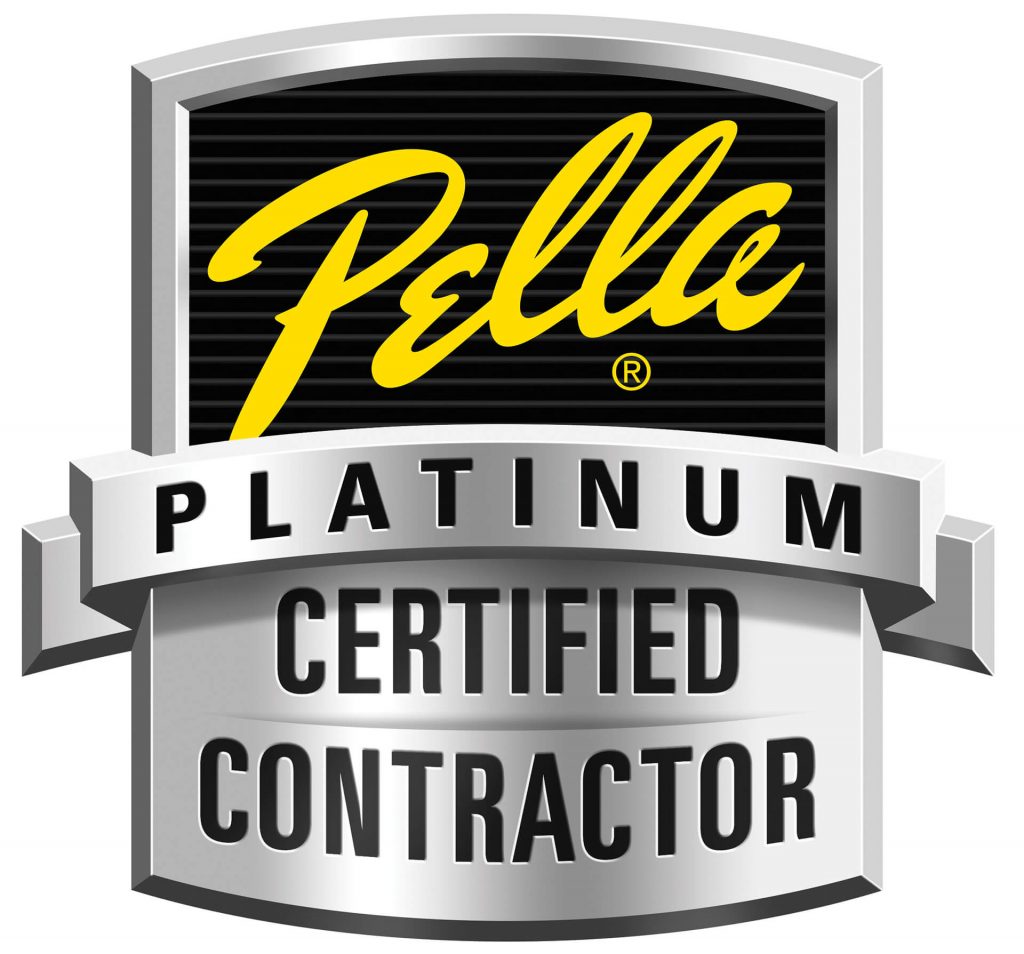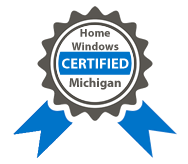How Long Does Vinyl Siding Last?
Dec 26, 2024Vinyl siding is known for its ability to withstand harsh weather conditions. It is a long-lasting solution that will increase the curb appeal of any property. In this guide, we’ll discuss the life span of vinyl siding, how its durability is affected, maintenance tips to prolong its life, and when it may be time to replace it.
Vinyl Siding Lifespan and Durability
Vinyl siding is a common and flexible choice for homeowners needing a low-maintenance, economical, and long-lasting exterior option. Here is why:
Typical Lifespan
The various factors that can affect the lifespan of your roof span include the installation quality, the type of climate it is located in, and the level of maintenance you may provide over time. If the siding isn’t reinforced or you don’t regularly check for damage, homes in the fringes with extreme weather, like heavy snow or high winds, might not last as long. Also, vinyl siding will last much longer if it is regularly cleaned and taken care of, such as minor issues.
Exceptional Durability
Vinyl siding is famous for being incredibly durable, even compared to other materials. It is resistant to high winds, extreme temperatures, and UV rays and is a good choice for houses in all climates. This siding can endure harsh weather without warping, cracking, or fading. Vinyl is also one of the most durable siding materials because it won’t rot, is moisture resistant, and doesn’t grow mold or mildew like wood siding.
Comparison to Other Siding Materials
Vinyl offers a well-balanced mix of durability, cost-effectiveness, and low maintenance compared to other popular siding materials such as aluminum, fiber cement, and wood. Although relatively inexpensive, aluminum siding dents readily and is more susceptible to damage from extreme weather.
Fiber cement siding is a long-lasting but expensive and high-maintenance product that needs to be repainted every few years. Aesthetically pleasing wood siding will require regular maintenance to prevent the wood from rotting, pests, and weathering the wood.
On the other hand, vinyl is a more budget option that requires almost no maintenance at all and is the preferred siding for many homeowners. The best of both worlds is that it maintains lasting durability without the added expense or time commitment of more expensive materials.
Factors That Impact How Long Vinyl Siding Lasts
Vinyl siding is durable, and several factors play into that, knowing these things can help you get the most out of the life of your siding. Considering these factors will allow you to take proactive steps to protect your siding installation and keep it in top condition:
Quality of Materials
Lower-quality vinyl siding may be thinner and made with older manufacturing processes, so it doesn’t last as long as higher-quality vinyl siding.
Proper Installation
Vinyl siding that has been properly installed maintains its structural integrity and gives better protection to your home.
Installation
Improper installation, where it warps, buckles, and allows moisture to infiltrate, shortens its useful life.
Climate and Weather Conditions
This type of siding is vulnerable because extreme weather events, such as hail storms, freezing temperatures, and excessive moisture, can disrupt its lifespan.
Direct Sunlight Exposure
Being a vinyl product, extended exposure to direct sunlight can lead to fading and will aid in shortening the lifespan.
Regular Maintenance
Although vinyl siding is relatively maintenance-free, it must be cleaned and inspected at least once a year for blown-out panels or boards loose at the seams.
Maintenance Tips to Extend Vinyl Siding Lifespan
- Regular Cleaning: Use a soft brush and mild cleaning solutions to remove dirt and debris from the siding’s surface.
- Inspect for Damage: Check for loose boards, moisture problems, and damaged panels regularly, especially after extreme weather conditions.
- Proper Care: Avoid painting existing siding, as it reduces flexibility and lifespan, and address excess moisture promptly to prevent warping or mold.
Benefits of Vinyl Siding
One of the reasons why homeowners choose vinyl siding is its many advantages. Let’s see what are the main advantages of vinyl siding for your home:
Cost-Effective and Durable
It is durable and a cheaper option than cedar siding or steel siding. However, cedar siding may need constant maintenance and treatment so they don’t rot or get pests, but vinyl siding requires almost no care and offers top-notch protection. This is good against high winds and heavy rain and will hold up for many years.
Energy Efficiency
Vinyl siding paired with foam insulation can significantly increase your home’s energy efficiency. This insulation prevents heat loss in the winter months, maintains indoor temperature comfort, and prevents cool air during summer. This translates into homeowners seeing lower energy bills because their HVAC system won’t have to work as hard to regulate the temperature.
Low Maintenance Option
One of the biggest advantages of vinyl siding is low maintenance. Vinyl siding doesn’t require painting, staining, or pest control as wood siding does, and it doesn’t need much upkeep at all. Wood siding is prone to warping, rot, and attracting termites, but it does not. Dirt and debris can be easily removed from vinyl siding with periodic cleaning with soap and water.
Aesthetic Appeal
In addition to being available in many different colors, textures, and styles, vinyl siding can accommodate just about any design or aesthetic preference a homeowner might have. There are vinyl siding options that will fit your taste, whether you like the more traditional look or a sleeker, more modern style. Some vinyl siding can even mimic the look of wood so that homeowners can achieve the beauty of wood without the maintenance drawbacks.
Signs It’s Time to Replace Vinyl Siding
Although vinyl siding is touted for its durability and low maintenance, over time it will start to show its age. You may need to replace your vinyl siding if you see any of the following:
Significant Damage
Visible damage is one of the most obvious signs that your vinyl siding needs replacing. Extreme weather, accidents, or the material’s aging can cause cracks, dents, or damaged panels. If moisture has gotten behind the siding, it could cause rot, mold, or mildew, which can lead to more serious structural issues and pests such as termites or rodents.
Increased Utility Bills
If your energy bills have increased, but you use the same heating and cooling methods, your vinyl siding may be to blame. With time, vinyl loses its insulating properties. Drafts through gaps, cracks, or weak spots in the siding can force your HVAC system to work harder and cost you energy.
Other Signs of Wear
Vinyl siding will fade over time if exposed to the elements, especially in areas with more sunlight. UV rays cause discoloration, and the material’s color and finish break down. Excess moisture, snow, or rain can also cause warped or loose siding.
Comparison to Other Siding Materials
If it’s time to replace your siding, consider something different, such as fiber cement or James Hardie siding. These materials are more durable, energy-efficient, and resistant to extreme weather conditions.
Alternatively, known for their longevity and resistance to fire, fiber cement siding wears down fire. James Hardie siding provides the best fire protection to the elements and a wide array of aesthetic options.
Replacing your vinyl siding with a newer, more advanced material will help improve your home’s performance and appearance if it has reached the end of its usable life.
Maintenance Tips to Extend Vinyl Siding Lifespan
Vinyl siding will last longer if you take care of it. A few simple maintenance steps will ensure that your siding looks great and performs properly for many years:
Regular Cleaning
With a soft brush and very mild cleaning solution, you can gently remove dirt, dust, and debris from the surface of your vinyl siding. Cleaning it once a year keeps it looking good and prevents buildup that can damage the material.
Inspect for Damage
When storms or other harsh weather occur, check for loose boards, cracks, or other moisture problems. Early detection of damage can help avoid more expensive repairs.
Proper Care
Don’t paint vinyl siding because it will reduce its flexibility and lifespan. Once you address any excess moisture, you’ll avoid warping, mold, or mildew growth.
When to Consider Siding Replacement
Vinyl siding may age over time; when it does, it may take time to replace it. When looking to see if it’s time for new siding, here are a few key factors to consider:
Old or Faded Siding
If your vinyl siding is over 20 years old or has exhibited serious fading, cracking, or warping, it’s time for a replacement. Old siding can no longer protect your home from the elements and must be replaced.
New Siding Options
If your current siding fails, consider upgrading to modern siding materials, such as insulated vinyl and fiber cement, for better durability, insulation, and overall performance. These newer options offer long-term value by creating a more energy-efficient and easier-to-maintain system.
Entire Home Renovations
If you’re thinking of doing a home renovation, replacing your siding is an option to consider. During a renovation, replacing your old steel siding or other siding can increase your home’s curb appeal, increase energy efficiency, and add value to your property.
Cost and Value of Vinyl Siding
Vinyl siding is a cost-effective option for homeowners who want the durability and visual appeal of wood or fiber cement without the high price tag.
- Affordable Solution: Vinyl siding is an inexpensive alternative to more costly siding materials. It offers great durability and a very low installation cost.
- Long-Term Savings: Modern vinyl siding reduces energy bills by increasing insulation and requires little maintenance, making it a valuable long-term investment in your home as compared to steel siding.
- Free Estimate with Adkins & Sons Windows: If you’re looking for a professional siding evaluation and to be recommended to a siding, we will help you get in touch with Adkins & Sons Windows.
Conclusion
Vinyl siding is the top choice for many homeowners because of its durability, energy efficiency, and low maintenance. As long as it is correctly cared for and installed, it will provide decades of protection against extreme weather and add to your home’s curb appeal.
Contact Adkins & Sons Windows for expert siding solutions, professional installation, and a free estimate to find out what type of siding is best for your home!
FAQs About Vinyl Siding
How long does vinyl siding last compared to other materials?
Vinyl siding typically lasts 20-40 years, longer than wood but shorter than fiber cement.
Can vinyl siding withstand extreme weather and UV rays?
Yes, vinyl siding is resistant to high winds, extreme temperatures, and UV rays, though extended exposure can cause fading.
What are the maintenance requirements for vinyl siding?
Vinyl siding requires minimal maintenance, mainly cleaning and periodic inspections for damage.
When should I consider replacing my vinyl siding?
Consider replacement if your siding is over 20 years old, shows significant damage, or is causing increased energy bills.






